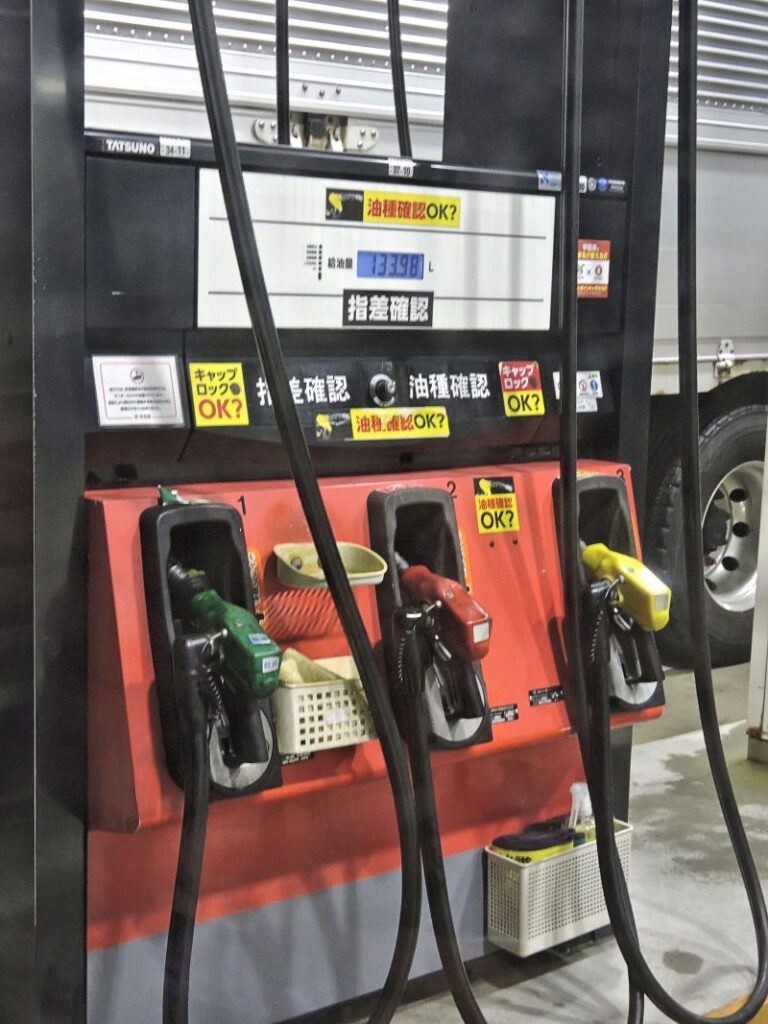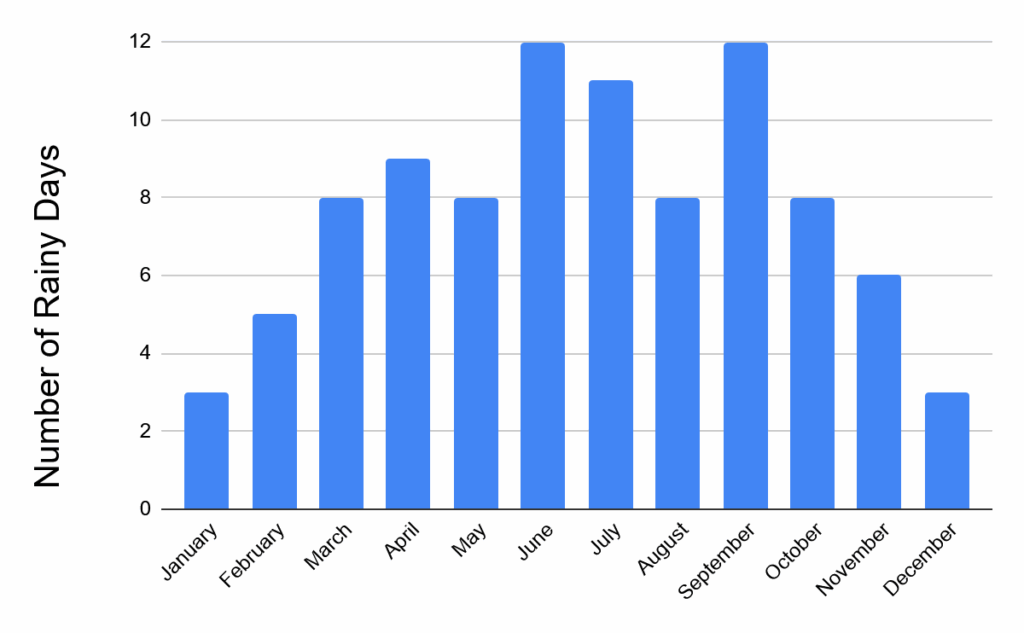Entry Requirements:
US citizens traveling as tourists do not need a visa for stays up to 90 days, but a passport valid for the duration of the stay is necessary. If not traveling as a tourist, check for more information or recent updates at: https://www.mofa.go.jp/j_info/visit/visa/
Currency:
The official currency of Japan is the yen. Conversion rates change minute by minute. Banks usually update their exchange rates daily. Conversion between the US dollar and the Japanese yen over the last five years appears to have fluctuated with the yen gradually decreasing in value from 103.83 yen to 1 dollar and 157.83 yen to 1 dollar.
Getting Around:
The best way to get around Japan has to be by train and with high speed trains called Shinkansen you can quickly and easily travel from one major city to another. Tokyo to Kyoto for instance takes two hours and fifteen minutes on the Shinkansen line. There are special rail passes available to tourists. The most common rail pass is the JR pass. You can buy the JR pass before arrival through an authorized agent or on arrival (which my friends and I have done and after the long flight we wished we’d taken care of it beforehand). The individual national railway sites, of which there are six (JR East, JR West, JR Central, JR Kyushu, JR Shikoku and JR Hokkaido) don’t sell the JR pass themselves. However, these individual rail companies do sell regional passes, which only cover travel on their own lines, but depending on where (or how far afield) you plan on traveling this might be a better option for you. The ‘regional’ passes do get a little confusing when trying to figure out what is and isn’t covered. Something you don’t have to worry about (as much) with the JR pass.
As great as the trains in Japan are, there are plenty of places where you still need a car. They drive on the left side of the road in Japan. If you’re from America and worried about driving on the other side of the road, most rental cars in Japan also have lane assist to help keep you on the correct side and will beep if you are drifting over the line. I think the scariest part was actually the gas station as everything was in Japanese.

Taxis are also common in Japan but I found them to be a little on the expensive side compared to other places I’ve been.
CDC Recommendations:
The CDC Travelers’ health website for Japan can be found at: wwwnc.cdc.gov/travel/destinations/list
Average Weather:
Tokyo
| Month | High/Low °F |
|---|---|
| January | 49° / 41° |
| February | 50° / 41° |
| March | 57° / 48° |
| April | 65° / 57° |
| May | 73° / 67° |
| June | 78° / 72° |
| Month | High/Low °F |
|---|---|
| July | 85° / 79° |
| August | 88° / 81° |
| September | 81° / 75° |
| October | 70° / 62° |
| November | 62° / 54° |
| December | 54°/ 45° |

Things of Note:
Most of the taxi drivers I’ve encountered did not not speak English. Unless you’re going somewhere extremely well known, be prepared with the address of your destination written down in Japanese or screenshot a map on your phone to show the driver.
